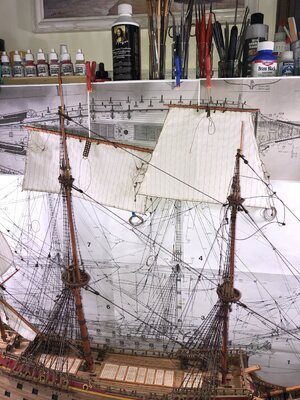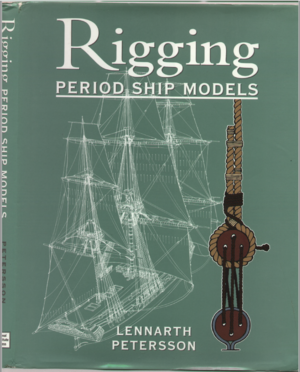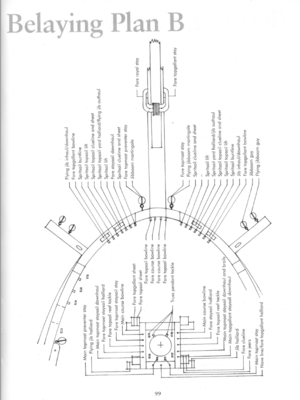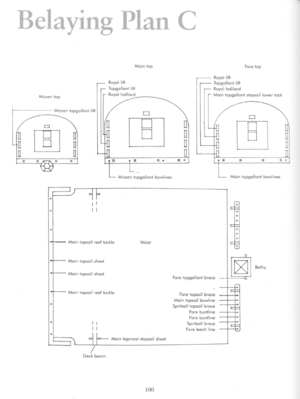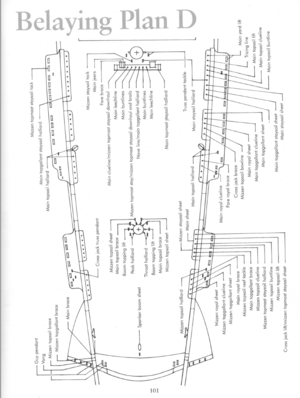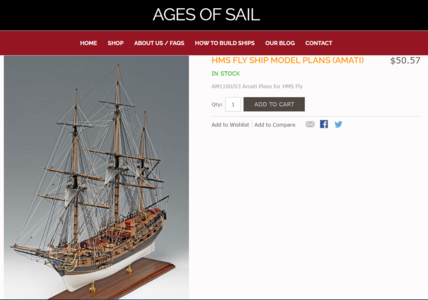I didn’t do a complete build log for H.M.S. Fly because I posted a build log for H.M.S. Pegasus and they are 95% identical. I also added the upgrade kit for Fly. I replaced the deadeyes, ropes, blocks, and the longboat with third party parts. The upgrade supplied a much better deadeye strop as well as gun locks and barrel monograms.
My wife wanted a ship with sails and as the Swan Class are my favorite ships, I went with the Fly. Also changed the color scheme as directed.
I’m at the point where it’s time to start working on masts and rigging. Having never done sails on a square rigger, my question is: Should I attach the sails to the spars before I mount them to the masts? I‘m guessing yes but want some expert advice that points me in the right direction. I want them to hang straight down, not billowed out and buntlines holding a few sails about halfway up. Hope this makes sense.
Current progress:
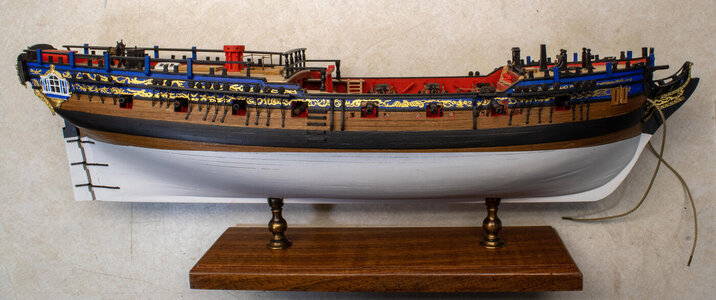

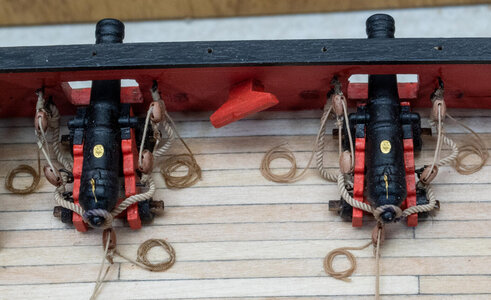
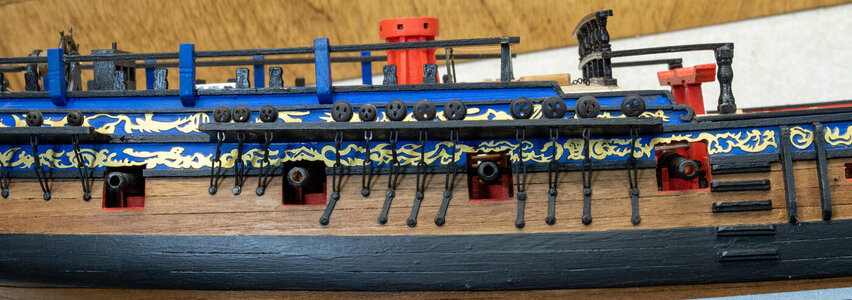
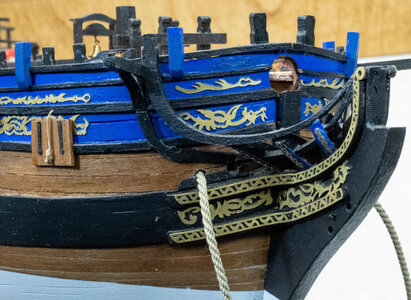
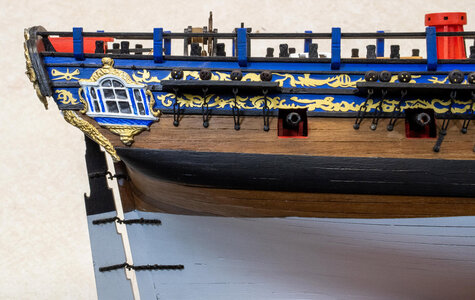
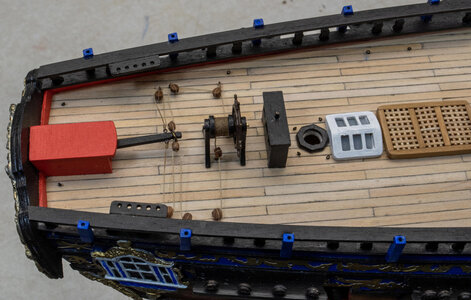
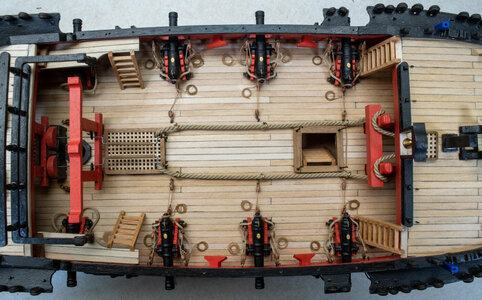
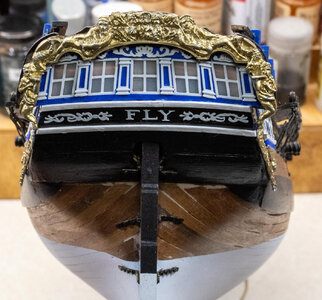
Thanks for your help
Charlie
My wife wanted a ship with sails and as the Swan Class are my favorite ships, I went with the Fly. Also changed the color scheme as directed.
I’m at the point where it’s time to start working on masts and rigging. Having never done sails on a square rigger, my question is: Should I attach the sails to the spars before I mount them to the masts? I‘m guessing yes but want some expert advice that points me in the right direction. I want them to hang straight down, not billowed out and buntlines holding a few sails about halfway up. Hope this makes sense.
Current progress:









Thanks for your help
Charlie






